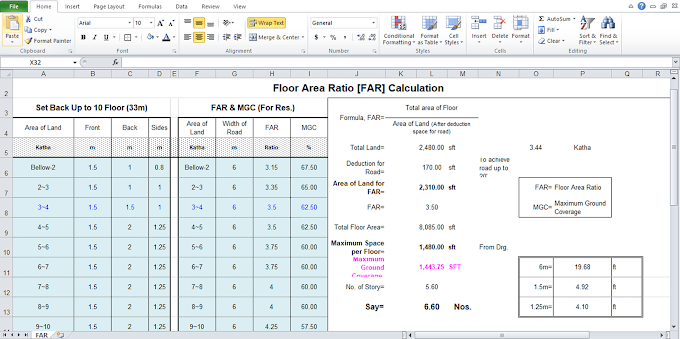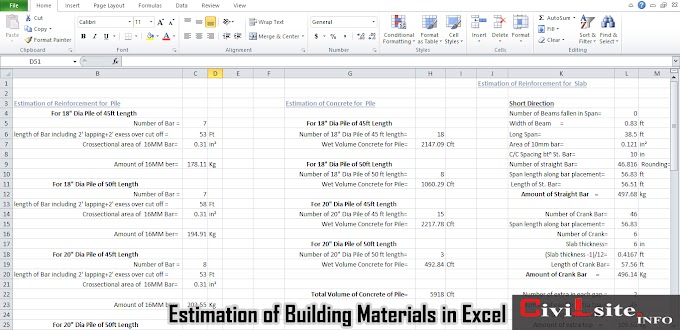A concrete path is a
great addition to any landscape, providing a durable and low-maintenance
walking surface that can withstand heavy foot traffic and the elements. Pouring
a concrete path is not a complicated process, but it does require some planning
and preparation. In this article, we will discuss the steps involved in pouring
a concrete path.
Materials needed:
l Concrete
mix
l Water
l Mixing
container
l Shovel
or hoe
l Wheelbarrow
or mixing machine
l Rebar
or wire mesh (optional)
l Wood
stakes
l Mason's
string
l Concrete
screed machine (You can buy a power screed online,
or use other type screed machine)
l Level
l Tamper
l Trowel
l Edging
tool
Step 1: Planning and preparation
Before you start pouring
concrete, you need to plan the path's layout and prepare the area. Start by
measuring the length and width of the path, and mark out the edges with wood
stakes and mason's string. Make sure that the path is wide enough for
comfortable walking and that it is level, with a slight slope of 1/8 inch per
foot to ensure proper drainage.
Clear the area of any
debris, rocks, or vegetation. If you are pouring the path on an existing
surface, such as a dirt or gravel path, you may need to excavate the area and
remove any loose soil or debris. Make sure that the area is compacted and
stable.
Step 2: Reinforcement (optional)
For added strength and
durability, you may want to reinforce the concrete path with rebar or wire
mesh. This is especially important if the path will be subjected to heavy foot
traffic or if the soil beneath the path is unstable. Place the reinforcement
material on top of the compacted soil, and secure it with wire ties or clips.
Step 3: Mixing the concrete
Mixing the concrete is a
crucial step in the process, and it is important to get the right consistency.
Use a mixing machine or a wheelbarrow to mix the concrete mix with water,
following the manufacturer's instructions. Use a shovel or hoe to blend the
mixture thoroughly, making sure that there are no dry spots or clumps.
Step 4: Pouring the concrete
Once you have mixed the
concrete, it is time to pour it into the prepared area. Start at one end of the
path and work your way to the other, using a shovel or trowel to spread the
concrete evenly. Make sure that the concrete fills the entire area and is level
with the top of the wood stakes.
Use a tamper to compact
the concrete and remove any air pockets. And there ars also some other type screed machines make the
work be easy. You can also use a level to check the slope and
make any necessary adjustments. Smooth the surface of the concrete with a
trowel, making sure that it is even and free of any bumps or ridges.
Step 5: Edging and finishing
Once the concrete is
poured and smoothed, you can use an edging tool to create a clean edge along
the sides of the path. This will prevent the concrete from cracking and
breaking off at the edges over time. Use a trowel to create a smooth finish on
the surface of the concrete, and make sure that it is level and even.
Step 6: Curing and maintenance
After you have finished
pouring the concrete, it is important to let it cure properly. This means
keeping the surface moist for several days to prevent it from drying out too
quickly and cracking. Cover the surface of the concrete with plastic sheeting
or damp burlap, and keep it moist with a hose or sprinkler.
After the concrete has
cured for at least a week, you can remove the wood stakes and mason's string.
Fill in any gaps between the path and surrounding landscaping with soil or
gravel, and add any finishing touches, such as lighting or decorative elements.
To maintain your
concrete path, you should regularly inspect it for cracks or other signs of
damage. You can use a concrete repair kit or hire a
professional to do the repairs.
You should also clean
your concrete path regularly to prevent dirt and debris from building up and
staining the surface. Use a broom or leaf blower to remove leaves, dirt, and
other debris, and wash the surface with a pressure washer or a hose with a
high-pressure nozzle.
In addition to regular
cleaning, you can apply a concrete sealer to protect the surface from water,
stains, and UV rays. There are different types of concrete sealers available,
including acrylic, epoxy, and polyurethane sealers. Choose the one that best
suits your needs and follow the manufacturer's instructions for application.
Conclusion
Pouring a concrete path
is a straightforward process that can be completed by DIY enthusiasts with some
planning and preparation. The key to a successful concrete path is proper
preparation, mixing, pouring, edging, and finishing. It is also important to
let the concrete cure properly and maintain it regularly to ensure its
durability and longevity.
By following the steps
outlined in this article, you can create a beautiful and durable concrete path
that will enhance the functionality and aesthetics of your landscape. Whether
you are looking to create a functional walkway or a decorative path, a concrete
path is an excellent choice that will serve you well for many years to come.















0 Comments